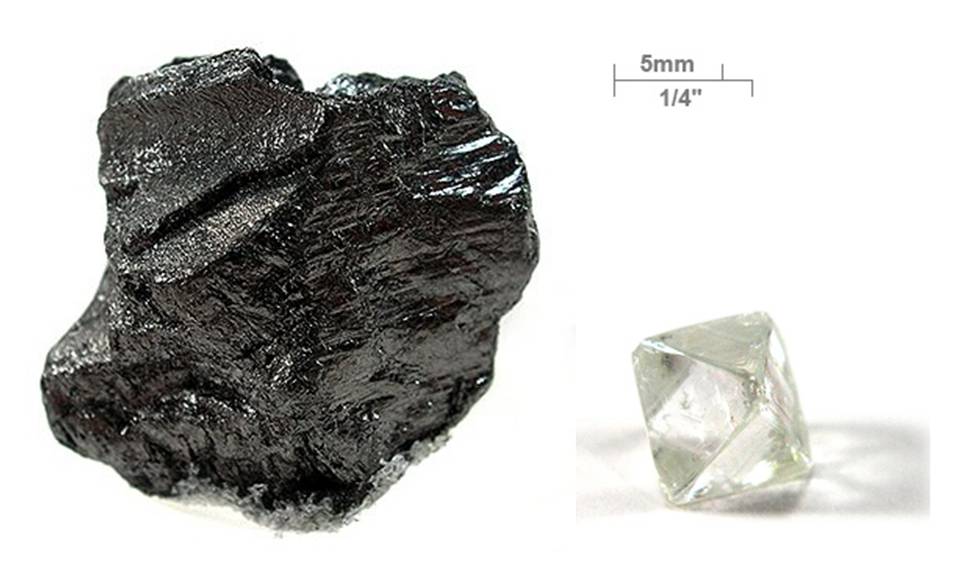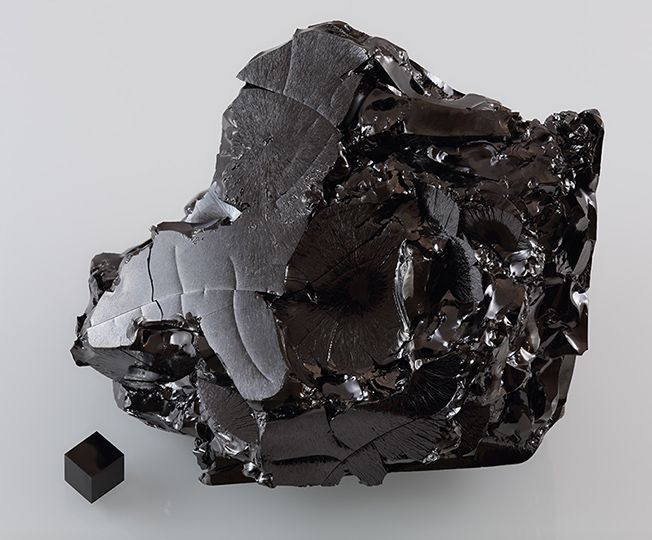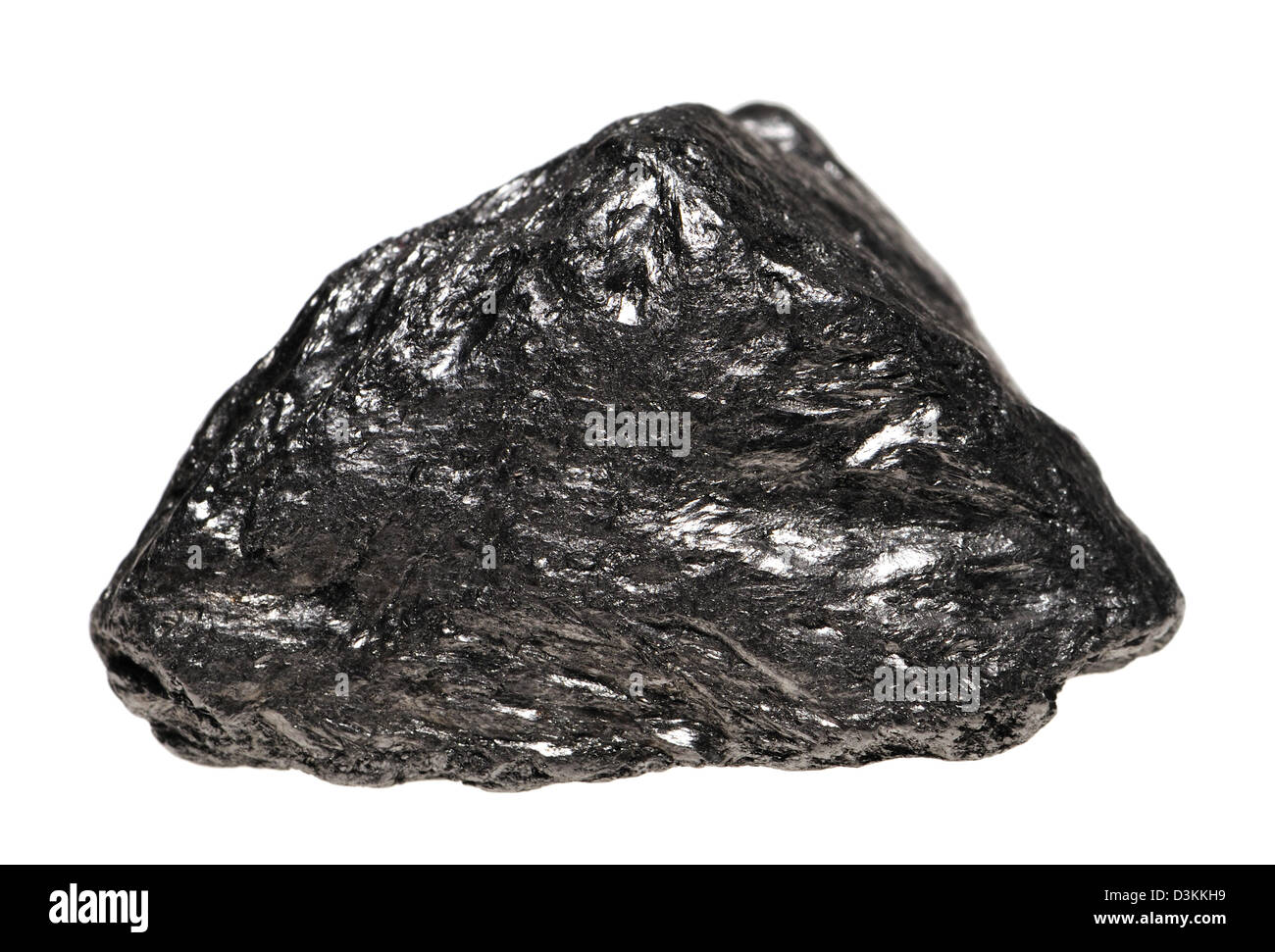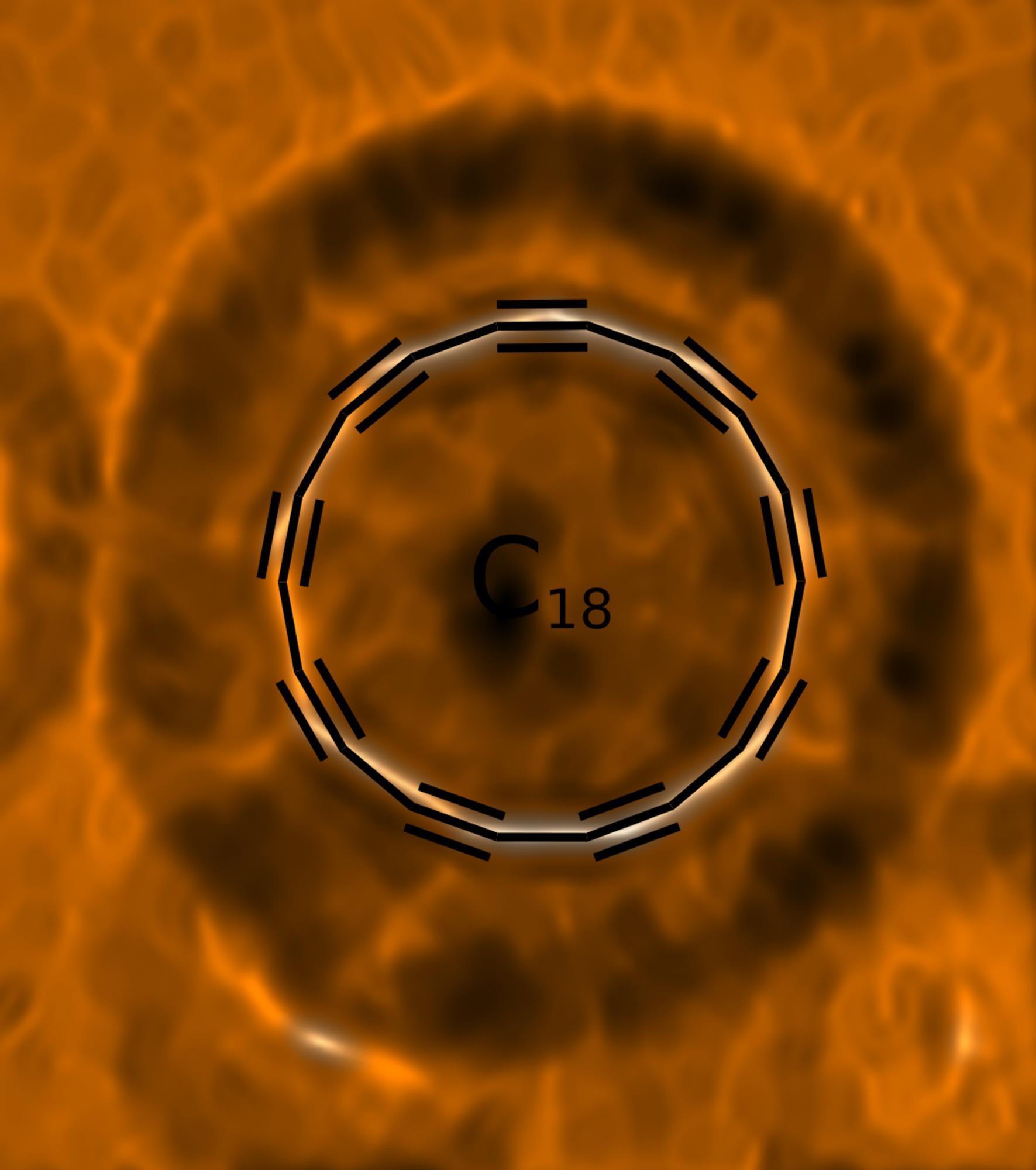Carbon In Pure Form
Carbon In Pure Form - Primitive man used carbon in the forms of soot and charcoal. The chemists started with a triangular. According to the usgs (united states. Carbon is widely distributed in coal and in the compounds that make up petroleum, natural gas, and plant and animal tissue. There is a wide variation of price of carbon depending on its form. Carbon is not very common in pure form, but it’s most common in the form of graphite or diamond. Web the purest form of carbon is diamond. Data zone show more, including: The element symbol for atomic number 6 is c. Web carbon is a chemical element, like hydrogen, oxygen, lead or any of the others in the periodic table.
200 (5.54 × 10 18 kg) 0.122: It is nonmetallic and tetravalent —its atom making four electrons available to form covalent chemical bonds. Web b2 [ u ] (symbol c) a chemical element that exists in its pure form as diamond or graphite, and is an important part of other substances such as coal and oil, as well as being contained in all plants and animals. The two most common allotropes of pure carbon are diamond and graphite. Farid bensebaa, in interface science and technology, 2013. A pure form of carbon is only the carbon molecule or an isotope of it (c12 c14). The chinese knew of diamonds as early as 2500 bce. It consists of stacked layers of graphene. Web a happy accident has yielded a new, stable form of pure carbon made from cheap feedstocks, researchers say. Web the element name carbon comes from the latin word carbo, which means coal.
Web coal and other forms of carbon. It is nonmetallic and tetravalent —its atom making four electrons available to form covalent chemical bonds. Many other forms of carbon that are commonly found on earth are not pure carbon. Atmospheric carbon dioxide contains 873 billion tons of carbon. Buckyball carbon holds the promise for opening a whole new field of chemistry (see accompanying sidebar). Graphite occurs naturally and is the most stable form of carbon under standard conditions. Web answer (1 of 5): The two most common allotropes of pure carbon are diamond and graphite. It belongs to group 14 of the periodic table. It is bonded tetrahedral to four other carbon atoms by strong covalent bonds.
Carbon Wikipedia
Web carbon, chemical element that forms more compounds than all the other elements combined. Web graphite ( / ˈɡræfaɪt /) is a crystalline form of the element carbon. There is a wide variation of price of carbon depending on its form. Many other forms of carbon that are commonly found on earth are not pure carbon. It belongs to group.
Pure Carbon Black Powder at Rs 60/kilogram Carbon Powder ID
A pure form of carbon is only the carbon molecule or an isotope of it (c12 c14). Web the element name carbon comes from the latin word carbo, which means coal. Web coal, soot, and diamonds are all nearly pure forms of carbon. 2.3 activated carbon and carbon nanotube. Web carbon is a chemical element, like hydrogen, oxygen, lead or.
graphite a form of pure carbon Rocks and Mineral Specimens for Sale
Web the element name carbon comes from the latin word carbo, which means coal. Many other forms of carbon that are commonly found on earth are not pure carbon. Heats, energies, oxidation, reactions, compounds, radii, conductivities models of carbon nanotube structure. Web a happy accident has yielded a new, stable form of pure carbon made from cheap feedstocks, researchers say..
What Is the Difference Between Carbon12 and Carbon14?
According to the usgs (united states. Web diamond is a solid form of pure carbon with its atoms arranged in a crystal. Its discoverer and discovery date are unknown. Carbon is found in nature practically everywhere. It is nonmetallic and tetravalent —its atom making four electrons available to form covalent chemical bonds.
GRAPHITE (Native Carbon) from Mexico. As boring as it looks it is a
Web carbon is a chemical element, like hydrogen, oxygen, lead or any of the others in the periodic table. Web answer (1 of 5): Carbon also occurs in a form, discovered only recently, known as fullerenes or buckyballs. By far the largest amount of carbon in the atmosphere is in the form of gaseous carbon dioxide. Carbon dioxide is carbon.
Genius Community Coal
Primitive man used carbon in the forms of soot and charcoal. Lavoisier using a giant lens in combustion experiments It is bonded tetrahedral to four other carbon atoms by strong covalent bonds. We often think of coal as being equivalent to carbon, a notion that is reinforced by the common knowledge that diamonds are a result of immense geological pressures.
Graphite soft form of pure carbon Stock Photo, Royalty Free Image
It is nonmetallic and tetravalent —its atom making four electrons available to form covalent chemical bonds. Web the purest form of carbon is diamond. Carbon is widely distributed in coal and in the compounds that make up petroleum, natural gas, and plant and animal tissue. Web coal and other forms of carbon. 2.3 activated carbon and carbon nanotube.
Carbon Pure Imprägnierung
Carbon is found in nature practically everywhere. It has been known since ancient times. All three forms are made up of elemental carbon, although coal is usually the least pure when found in nature. Carbon is widely distributed in coal and in the compounds that make up petroleum, natural gas, and plant and animal tissue. Carbon is not very common.
New form of pure carbon made by manipulating atoms Research
Data zone show more, including: It consists of stacked layers of graphene. Graphite is black and shiny but soft. Lavoisier using a giant lens in combustion experiments It is bonded tetrahedral to four other carbon atoms by strong covalent bonds.
17 Best images about CK12 Chemistry on Pinterest Freeze, Taste food
Data zone show more, including: Primitive man used carbon in the forms of soot and charcoal. It is bonded tetrahedral to four other carbon atoms by strong covalent bonds. The two most common allotropes of pure carbon are diamond and graphite. Carbon is a very abundant element.
Its Discoverer And Discovery Date Are Unknown.
Web carbon, chemical element that forms more compounds than all the other elements combined. Web the purest form of carbon is diamond. Atmospheric carbon dioxide contains 873 billion tons of carbon. Carbon is found in nature practically everywhere.
Carbon Also Occurs In A Form, Discovered Only Recently, Known As Fullerenes Or Buckyballs.
According to the usgs (united states. Like diamond and graphene, two other guises of carbon, the material seems to have extraordinary physical properties. It is harder than stainless steel, about as conductive, and as reflective as a polished aluminum mirror. Web coal, soot, and diamonds are all nearly pure forms of carbon.
Web In The Form Of Boric Acid, Price Per Boron Contained.
It has been known since ancient times. Web diamond is a solid form of pure carbon with its atoms arranged in a crystal. Carbon dioxide is carbon and oxygen (specifically one carbon molecule and two oxygen molecules) (co2). The element symbol for atomic number 6 is c.
Carbon Is Not Very Common In Pure Form, But It’s Most Common In The Form Of Graphite Or Diamond.
The chinese knew of diamonds as early as 2500 bce. A pure form of carbon is only the carbon molecule or an isotope of it (c12 c14). In diamond, each carbon atom is sp 3 hybridized. Web answer (1 of 5):



/Carbon-58ebecc85f9b58ef7e8a1ce4.jpg)





